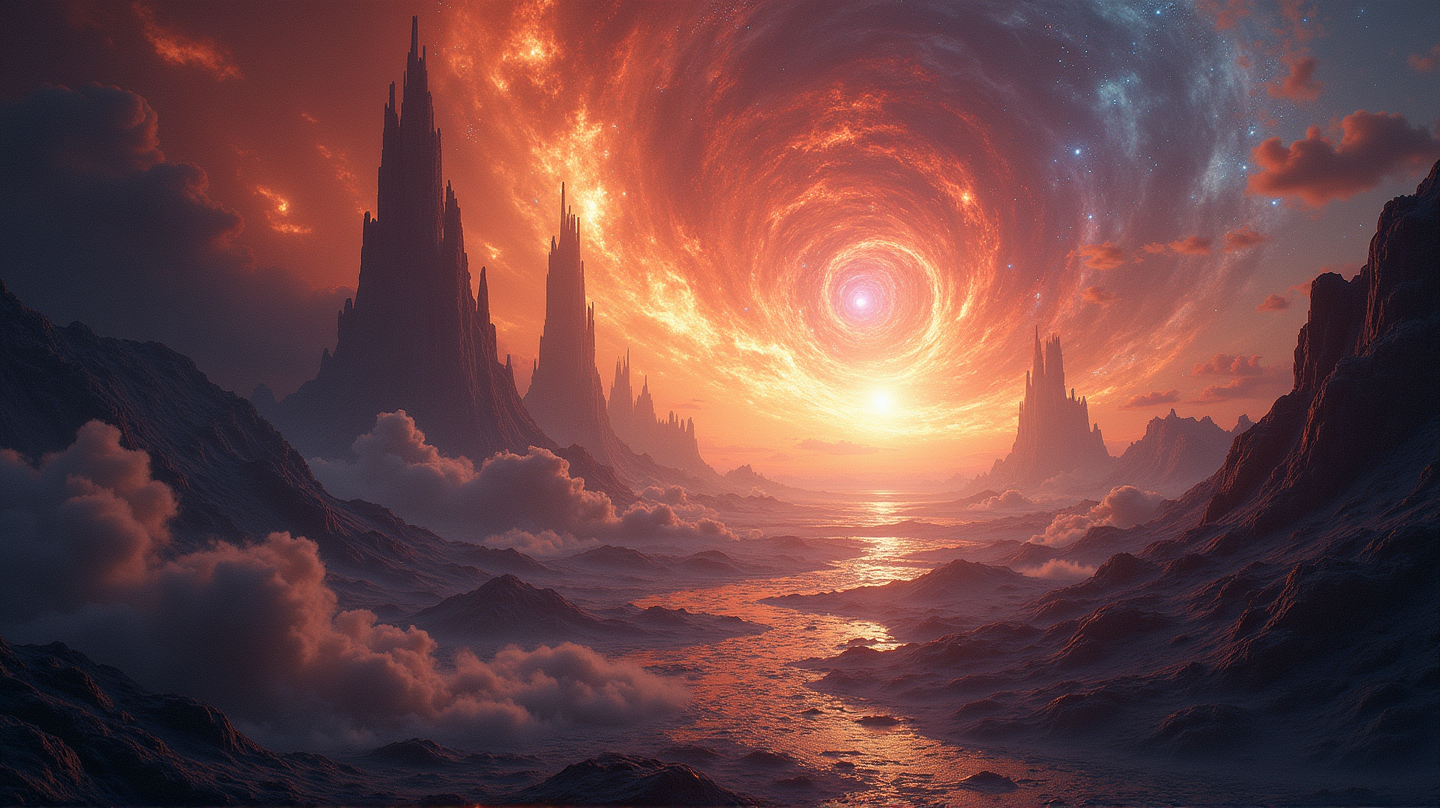Imagining a cosmic landscape where stars are born is no longer a distant dream. Thanks to the unparalleled capabilities of NASA’s James Webb Space Telescope (JWST), we’re privileged to witness the captivating birth of stars in the young cluster Pismis 24. This celestial phenomenon, located within the vibrant Lobster Nebula, offers a view reminiscent of starlit mountains surrounded by wispy clouds.
A Closer Look into Pismis 24’s Heart
Situated 5,500 light-years from Earth in the constellation Scorpius, Pismis 24 has emerged as an academic trove for those studying massive star evolution. The proximity of this cluster aids astronomers in delving into the intricate processes behind stellar births. The recent findings by the JWST have uncovered a dual nature of Pismis 24-1, once believed to be the largest known single star. It’s now identified as a colossal pair, with their combined mass overshadowing many known celestial objects.
The Stunning Jewel-like Galaxy
The JWST, using its Near-Infrared Camera (NIRCam), has beautifully captured thousands of stars varying in sizes and hues. These stars twinkle like countless jewels interspersed throughout the universe, with diffraction spikes highlighting the most massive among them. Beyond this impressive cluster, a backdrop of tens of thousands of stars in our Milky Way becomes visible, painting a cosmic masterpiece unique to our eyes. As stated in The Times of India, this unparalleled view of space marks a new chapter in astronomical observation.
Cosmic Sculptures by Stellar Winds
The infant stars in Pismis 24 exhibit temperatures nearly eight times hotter than the Sun, emitting fierce winds and radiation. These forces have carved out majestic towers and crevices within the nebula, standing tall at about 5.4 light-years. This staggering size could easily encompass over 200 solar systems. Visually, different colors in these images denote varying types of gases and light interactions, with each hue telling a story of cosmic chemical processes and star formation.
Bringing the Nebula to Life
NASA enhances our understanding and appreciation of this stellar nursery through scientifically tailored visualizations. By transitioning from ground-based images to JWST’s stunning near-infrared capture, viewers embark on a journey, experiencing the dynamic and energetic environment of star formation on a grand scale. These animations breathe life into the static beauty, offering an evocative portrayal of the vastness and complexity of space.
A Natural Laboratory for Star Formation
Pismis 24 stands as a valuable natural laboratory for exploring the enigmatic processes that birth and shape massive stars. Here, researchers dive into the depths of stellar dynamics and the profound effects these radiant giants have on their surroundings. With insights from the JWST, scientists are redefining our understanding of how these powerful celestial forces influence the greater cosmos, shaping our galaxy’s future.
Discover more in-depth explorations of cosmic phenomena only at The Times of India.
